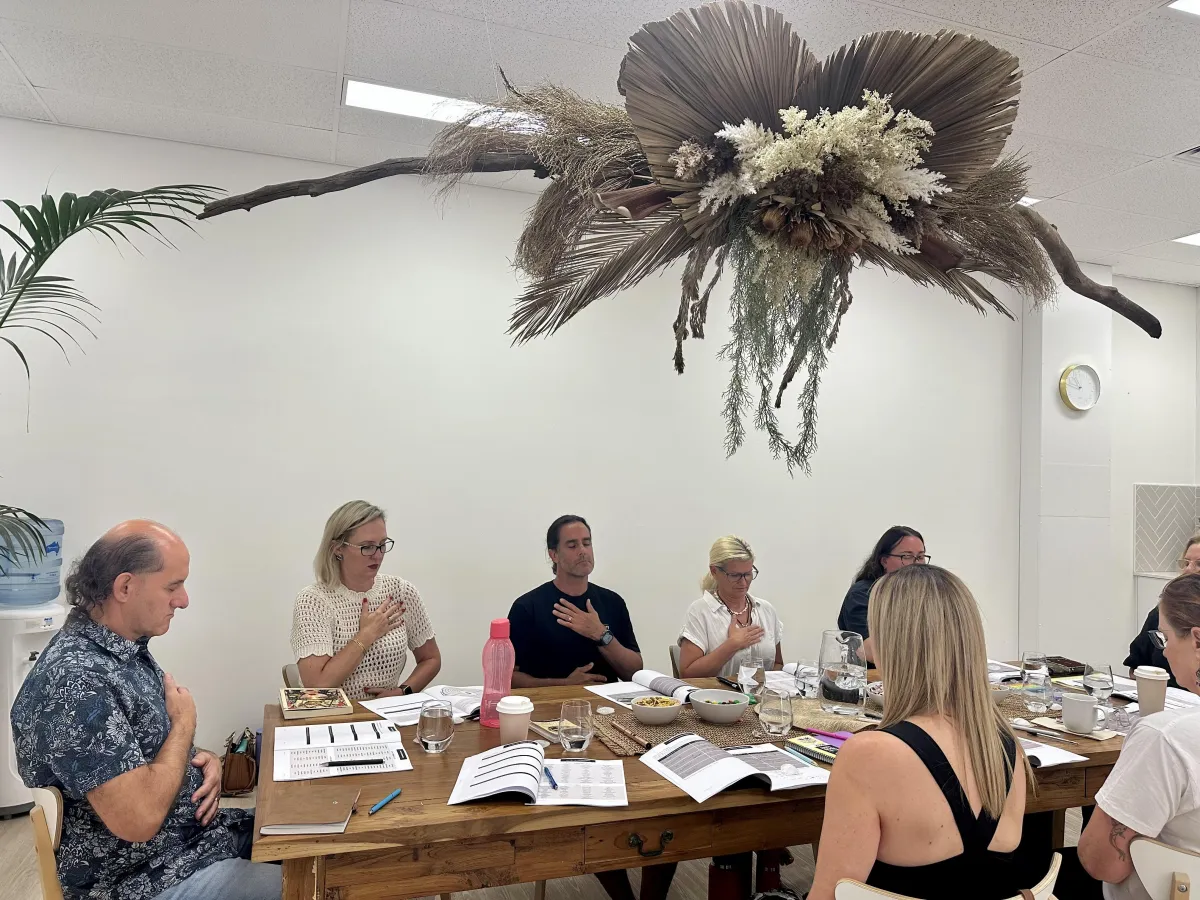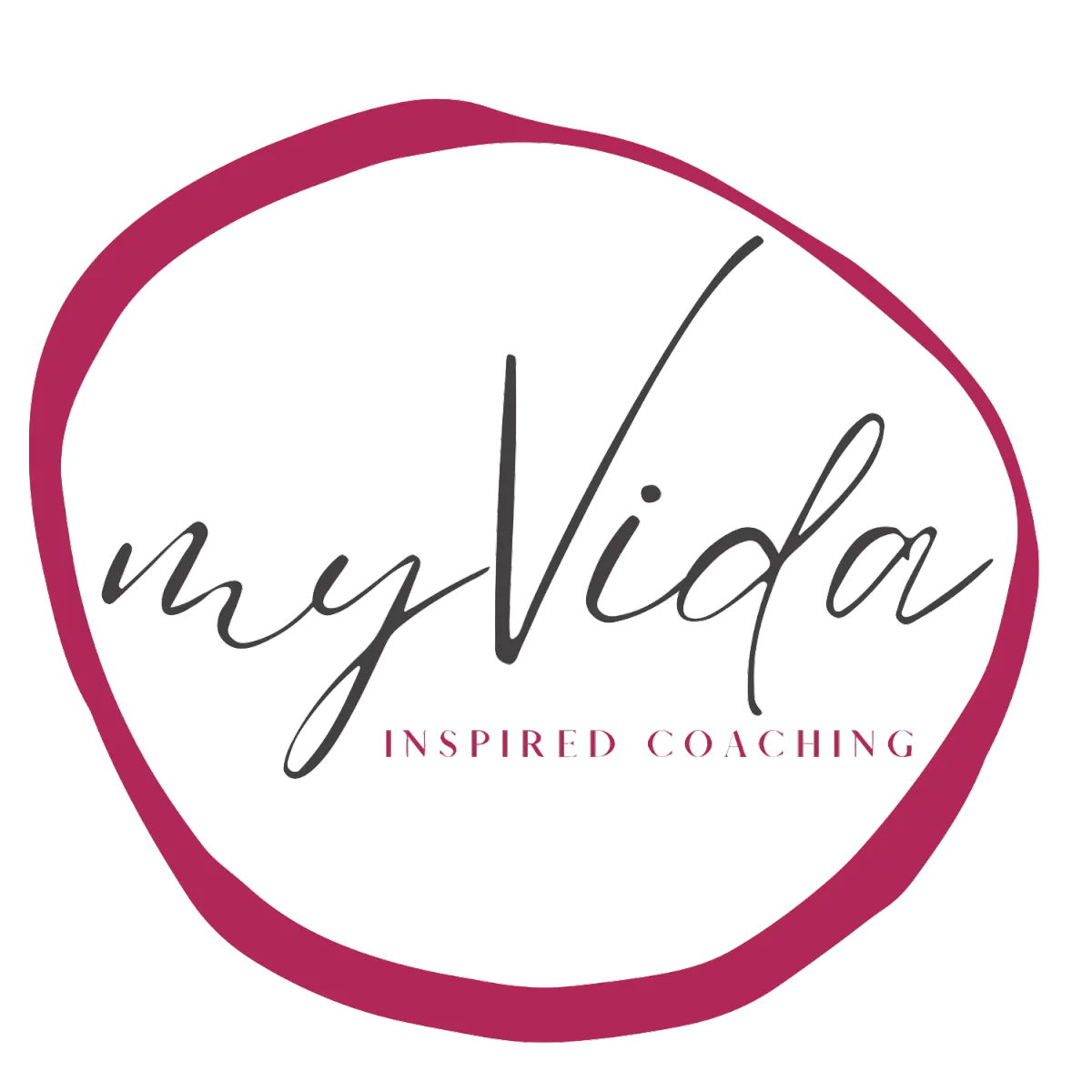Welcome to MyVida
Be your inspiration.
Transform Your Life From The Inside Out
The Heart of My Work
Transforming Self and Life
At the heart of my work is a commitment to create sacred spaces, where we can reconnect with our truth, awaken our wisdom, and begin shaping a life that feels deeply aligned.
With grounded presence, I hold space for you, guiding, listening, encouraging, challenging, and holding you accountable to rise into your full potential. This is where clarity returns, confidence grows, and the real you steps forward.
A BEACON OF TRUTH
Awareness is the beginning of all transformation. Whether you’re navigating change, seeking purpose, or sensing something deeper calling you, this is your space to slow down, tune in, and get honest about what matters.
You deserve to invest in you.
A SPACE FOR REDEFINING
Welcome to a sanctuary where authenticity and transformation meet. This space is for women, seekers, professionals, and visionaries ready to let go of the ‘shoulds’ and shape a life that resonates with their values, passions, and unique truths.
REAL CONNECTION, REAL CHANGE
Sacred Circles are more than gatherings—they are an
evolutionary way to connect and create paradigm shifts. In a world that demands performance, these spaces invite presence. Join the circle and remember what it feels like to be fully, honestly you.
What we offer
SACRED CIRCLES | EVENTS
It’s extraordinary, and it’s happening everywhere.
19TH MARCH

AWAKEN THE JOY WITHIN WOMEN'S CIRCLE
A sacred fusion of ritual and energy practices designed to awaken joy, deepen harmony, and recalibrate your inner rhythm.
29TH APRIL

RETURN TO THE WHISPER WOMEN'S CIRCLE
The space between what is and what is possible begins to pulse with invitation.
21ST MAY

THE MOTHER WITHIN ONLINE WOMEN'S CIRCLE
This is a time to gently reflect on the archetype of the mother in her essence, nurturing, intuitive, creative, devoted.
21ST JUNE

JUST STOP
WINTER SOLSTICE WOMEN'S CIRCLE
In this sacred moment, we are invited to listen to the quiet wisdom rising within, to stop, shed, and choose.
Enjoy some soul-stirring, heart-nurturing, mind-opening, spirit-lifting, life-altering, wildly useful insights. I also include updates on events.
No Spam ever.
be your inspiration
Clarity Uncovered
Gain Clarity and Direction with Your Free 45-minute Session.

Testimonials
WHAT THE WOMEN SAY
Vida, you challenged me in sometimes uncomfortable ways, but I knew it always came from a place of deep care and wisdom. You held up a mirror, allowing me to see where I was limiting myself, and I found the strength to move forward. Today, I owe much of this transformation to your motherly guidance and profound insight. My success today is a direct result of the vision you helped me reclaim.
Linda
Being mentored by Vida is a rare and powerful gift. She has an extraordinary ability to see beyond what we say and uncover the deeper truth beneath. Through her soulful guidance, I moved from frustration and feeling blocked to recognising my potential and, most importantly, having the courage to step into it. Vida is a true champion of dreams,. If you are ready for a mentor who will help you align with your purpose and ignite your inspiration, Vida is the one.
Sally
Working with Vida was a game-changer. I felt stuck and uncertain, but Vida provided what I needed: clarity, perspective, and a good old-fashioned, well-placed challenge. She helped me reconnect with my 'why' and see my everyday experiences through a new lens. I gained a profound transformation in how I show up in the world. I will always be eternally grateful for her extraordinary wisdom and guidance.
Jen
